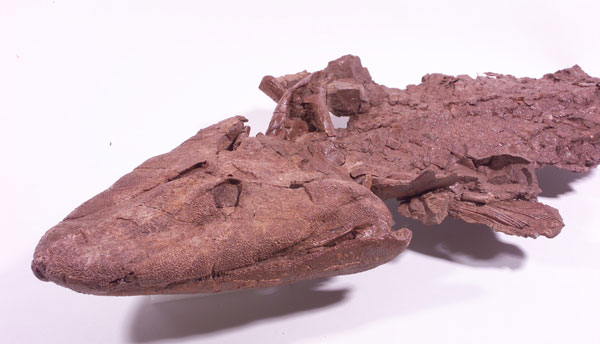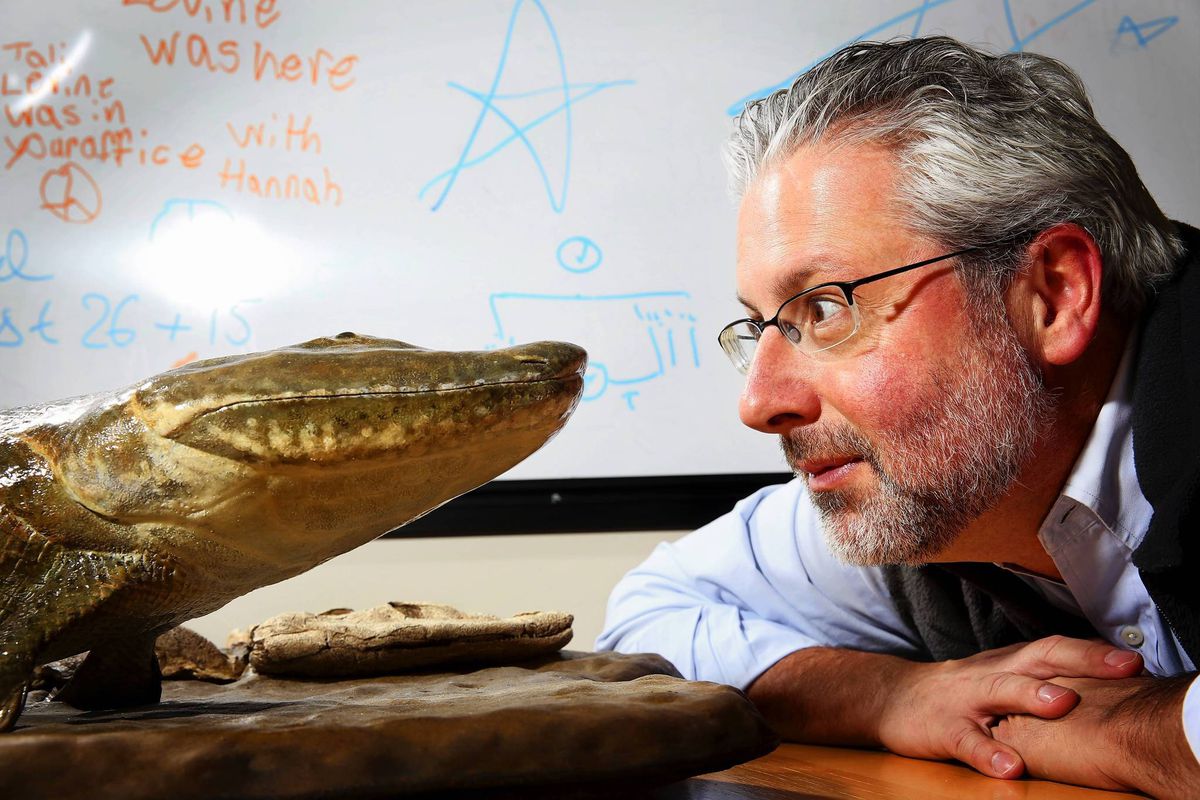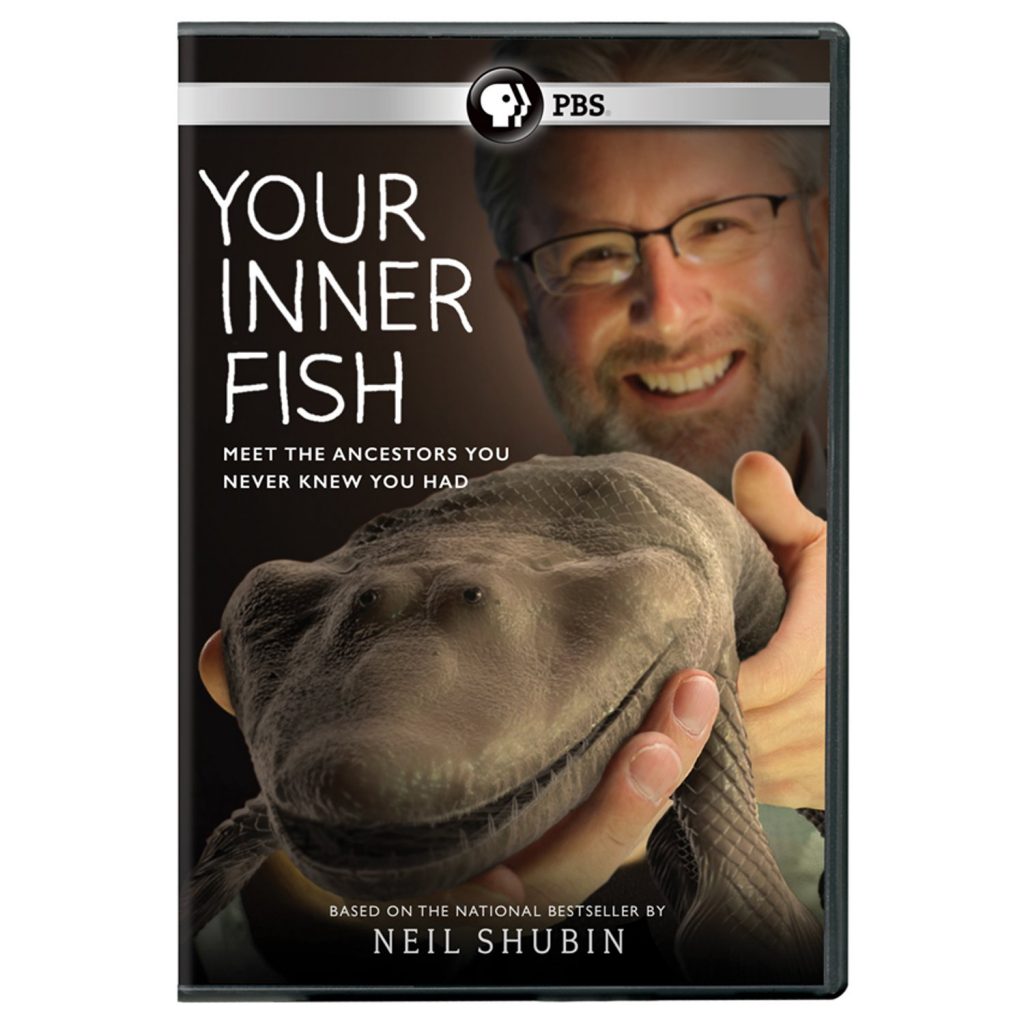Neil Shubin: Your Inner Fish
In this episode...
How did fish evolve to walk on land? What are the details of how that process happened?
Today on The Soul of Life I speak with Neil Shubin, the 2004 co-discoverer of Tiktaalik, a fish fossil that is the first evidence of so-called “bridge” animals with features that show the evolutionary transition between swimming fish and land mammals.
Shubin is the author of Your Inner Fish: A Journey into the 3.5-Billion-Year History of the Human Body and Some Assembly Required: Decoding Four Billion Years of Life, from Ancient Fossils to DNA.

Neil guides us through a fascinating tour of the history of the human body. We talk about the remarkable building blocks inside DNA that are common to all living things, which is the topic of Shubin’s latest book Some Assembly Required. “A lot of biology means using the old to make the new.”
"Inside of us—each of us—we have history. Billions and billions of years of history inside of us that connects us to other creatures....A lot of biology means using the old to make the new."
– Dr. Nein Shubin, co-discoverer of Tiktaalik roseae

Neil Shubin is an American paleontologist, evolutionary biologist and popular science writer. He is the Robert R. Bensley Professor of Organismal Biology and Anatomy, Associate Dean of Organismal Biology and Anatomy and Professor on the Committee of Evolutionary Biology at the University of Chicago along with being the Provost of the Field Museum of Natural History. He is best known for his co-discovery of Tiktaalik roseae with Ted Daeschler and Farish Jenkins.
Shubin was ABC News’ “Person of the Week” in April 2006 when Tiktaalik was unveiled, and made appearances on The Colbert Report January 14, 2008 and January 9, 2013.
His books are Your Inner Fish: A Journey into the 3.5-Billion-Year History of the Human Body (2009) and Some Assembly Required: Decoding Four Billion Years of Life, from Ancient Fossils to DNA (August 2021).
Says Shubin: “It’s hard to understand biology, why animals look the way they do—people included—without understanding history. Understanding how things have been repurposed all the way from flies and worms all the way to people.”

